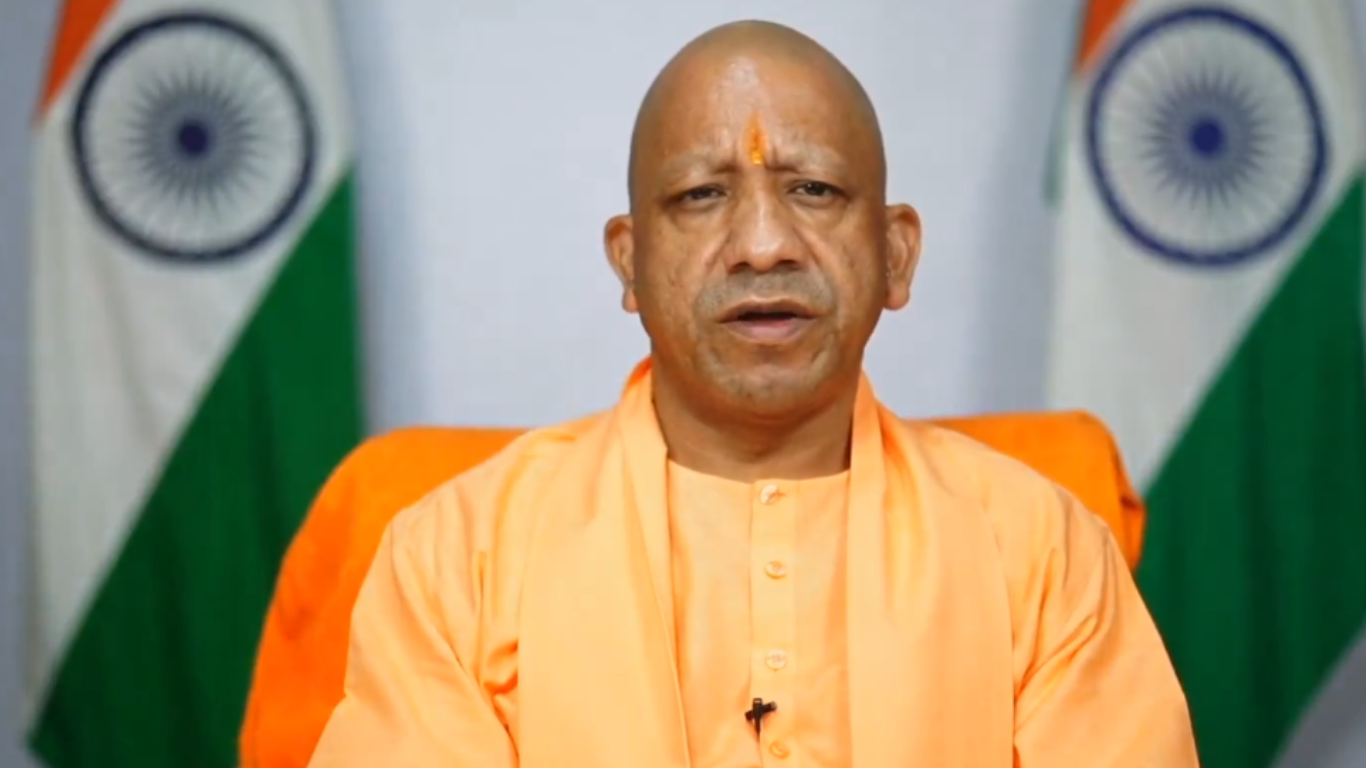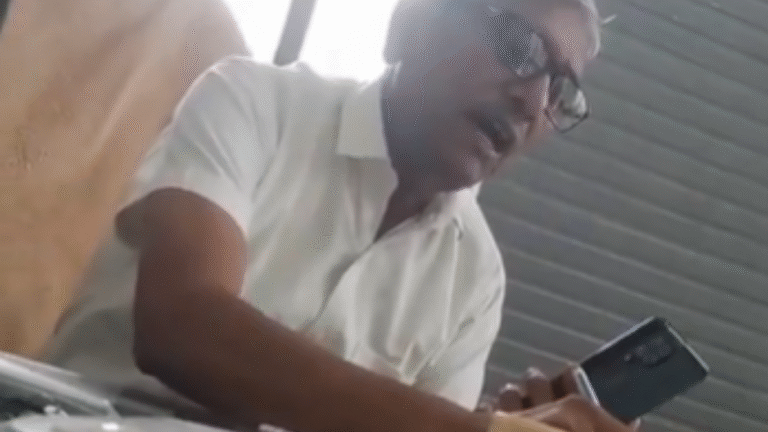
Lucknow, August 23, 2025 – Uttar Pradesh’s growing debt has sparked worry across the state, with official estimates showing the debt could hit Rs 9 lakh crore by the 2025-26 fiscal year, up from Rs 5.64 lakh crore in 2020-21. This means every citizen in UP now carries a debt of about Rs 37,500, a figure that’s hard to ignore for a state pushing for rapid development. The numbers, revealed in a recent financial report, have fueled debates about whether the Yogi Adityanath government’s big spending on roads, schools, and hospitals is sustainable.
The state’s borrowing has jumped nearly 40% in just a few years, driven by major projects like new highways, power plants, and urban upgrades. “More borrowing often means more investment in things like electricity and health facilities,” a senior finance official explained. “What counts is that we spend wisely and have a plan to pay it back.” The government points to UP’s growing budget, doubling in size over the last five years, as proof that the economy is expanding and can handle the load.
But not everyone is convinced. Opposition parties, like the Samajwadi Party, are sounding alarms. “The government talks about progress, but they’re piling debt on every citizen,” said SP spokesperson Rajendra. “This is about short-term wins, not a secure future.” Economists warn that if interest payments eat up too much of the budget, there’ll be less money for critical needs like schools or hospitals. A Lucknow University expert noted, “UP needs to balance loans for growth with keeping interest costs in check, or it could slow down development.”
The numbers tell a clear story. The state’s fiscal deficit, the gap between what it spends and earns, was Rs 84,883 crore in 2023-24, about 3.48% of UP’s Gross State Domestic Product (GSDP). While the government says this is within safe limits, critics argue that unchecked borrowing could lead to trouble, especially with elections looming and populist schemes likely to add more pressure. In 2023, the debt was already at Rs 7.84 lakh crore, outstripping the state’s annual budget of Rs 6.90 lakh crore by Rs 94,000 crore.
On the ground, the effects are mixed. Projects like the Smart Municipalities program and cybercrime workshops show the government’s push to modernize, but some residents worry about the long-term cost. “New roads and better cities are great, but who’s paying for it?” asked a teacher in Kanpur. Others see the debt as a necessary step. “If it means better jobs and schools, I’m okay with it, as long as they manage it well,” said Ravi Kumar, a shopkeeper.
Looking ahead, the government insists it’s on the right track, sticking to fiscal rules and avoiding risky moves like restoring old pension schemes. But with global interest rates rising and UP’s debt-to-GDP ratio climbing, the state faces a tough balancing act. If growth doesn’t keep pace, interest payments could squeeze out funds for essential services. For now, UP government is betting on development to outweigh the risks, but all eyes are on how they’ll manage this growing debt mountain.



